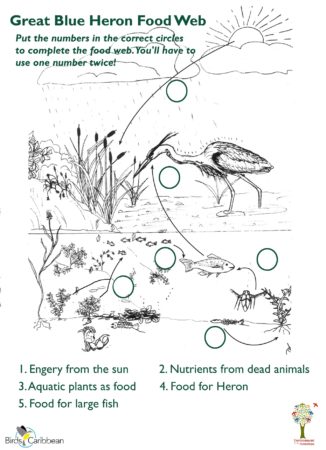Celebrate World Migratory Bird Day (WMBD) with us in our virtual “Birds Connect Our World” edition! Have fun learning about a new migratory bird every day. We have colouring pages, puzzles, activities, and more. Download for free and enjoy nature with your family at home.
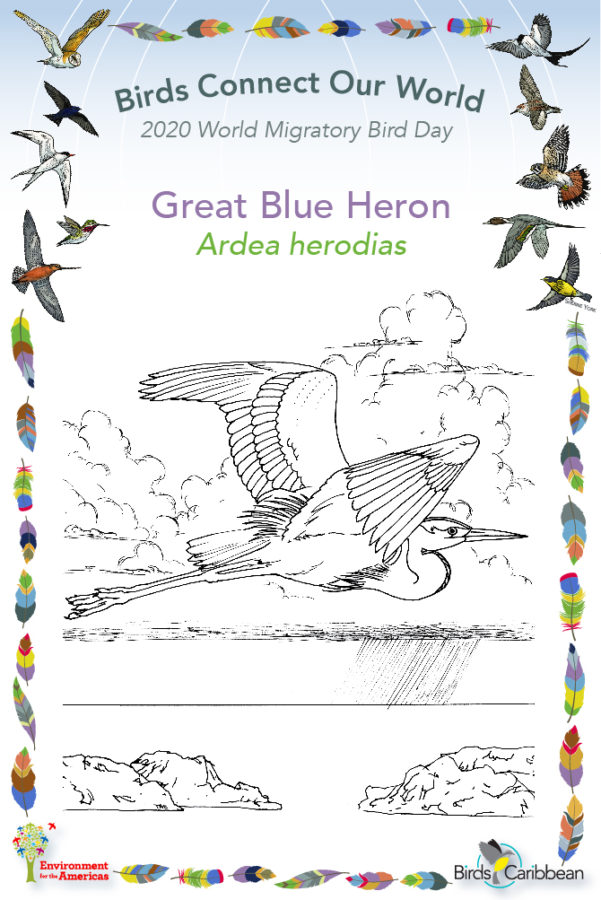
Migratory Bird of the Day: Great Blue Heron
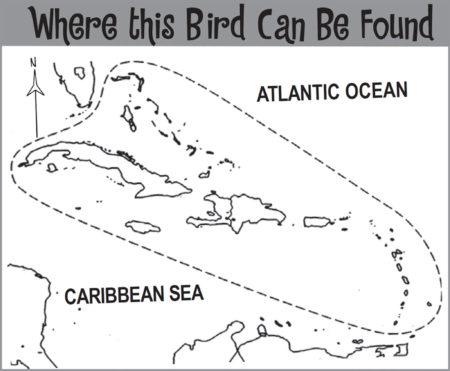
The Great Blue Heron is an impressively large wading bird, with a 6ft wing-span! With their long lanky legs and neck they stand at 4 ft or more. This is in fact the largest heron in North America and the Caribbean. Overall this bird is grayish-blue with a massive, sharp yellow bill. They also have black stripes running from above the eye to the back of the head leading to short black plumes. Adults have white crowns, whereas juveniles have gray or a mix of white and gray on the crown.
Great Blue Herons fly with deep slow wing beats. Often their long necks will be tucked in, but their long legs trail behind. In flight, you can also see that their black flight feathers contrast with the gray plumage on the rest of the wing and back. There is also a white form or race of the Great Blue Heron, called the ‘Great White Heron.’ This looks similar to a Great Egret, but is larger, has a more massive bill, and pale legs.
The Great Blue Heron has a very wide range. It can be found across most of North America, and lives year-round in many places, including a few Caribbean islands (e.g., Bahamas, Cuba, Hispaniola, Puerto Rico, US Virgin Islands). Great Blue Herons are mainly a Winter visitor in the region, however, and can be found on most islands from October to April .
Great Blue Herons are found in both fresh and saltwater wetlands. They eat mostly fish, but also amphibians, reptiles, small mammals, crabs, and other birds. They grab smaller prey using their bill like tweezers. They use their dagger-like bills to impale larger prey such as large fish or frogs, and swallow their prey whole. This handsome bird is usually solitary. It can be seen standing motionless, in shallow water, waiting for an opportunity to grab an unsuspecting meal. Learn more about this species, including its range, photos, and calls here.
Colour in the Great Blue Heron!
Download the page from Migratory Birds of the West Indies Colouring Book. Use the photos below as your guide, or you can look up pictures of the bird online or in a bird field guide if you have one. Share your coloured-in page with us by posting it online and tagging us @BirdsCaribbean #WMBD2020Carib
Listen to the call of the Great Blue Heron
The calls of the Great Blue Heron are a deep croaking frog like “guarr” repeated several times.
Puzzle of the Day
Click on the images below to do the puzzles. You can make the puzzle as easy or as hard as you like – for example, 6, 8, or 12 pieces for young children, all the way up to 1,024 pieces for those that are up for a challenge!
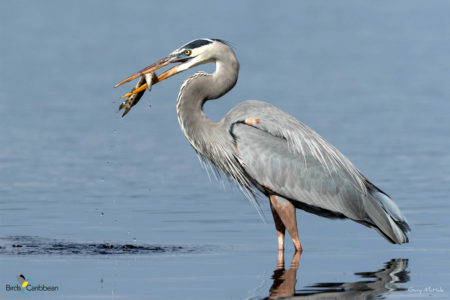
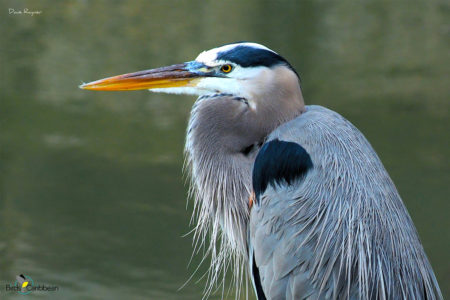
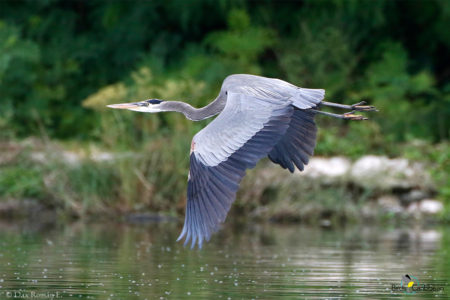
Activity of the Day
FOR KIDS: Blue Herons live in wetland habitats and have a very varied diet! Take a look at the Great Blue Heron in a food web. It shows the Heron and it’s food & the food of it’s food! Can you add the correct labels to each level? Find the answers here.
FOR KIDS AND ADULTS:
- Take a walk to a wetland, look out for a Great Blue Heron, or maybe a migratory duck. Use a bird field guide or the FREE Merlin bird ID app to help you identify the birds you are seeing.
- Enjoy the videos below of Great Blue Herons in the wild. In the first watch as the Heron grapples with & then eats a water snake! The second shows a Great Blue Heron flying, with its characteristic deep wing-beats.
- Visit MigratoryBirdDay.org for many more free activities and resources to learn about migratory birds, their threats and conservation actions you can take.

